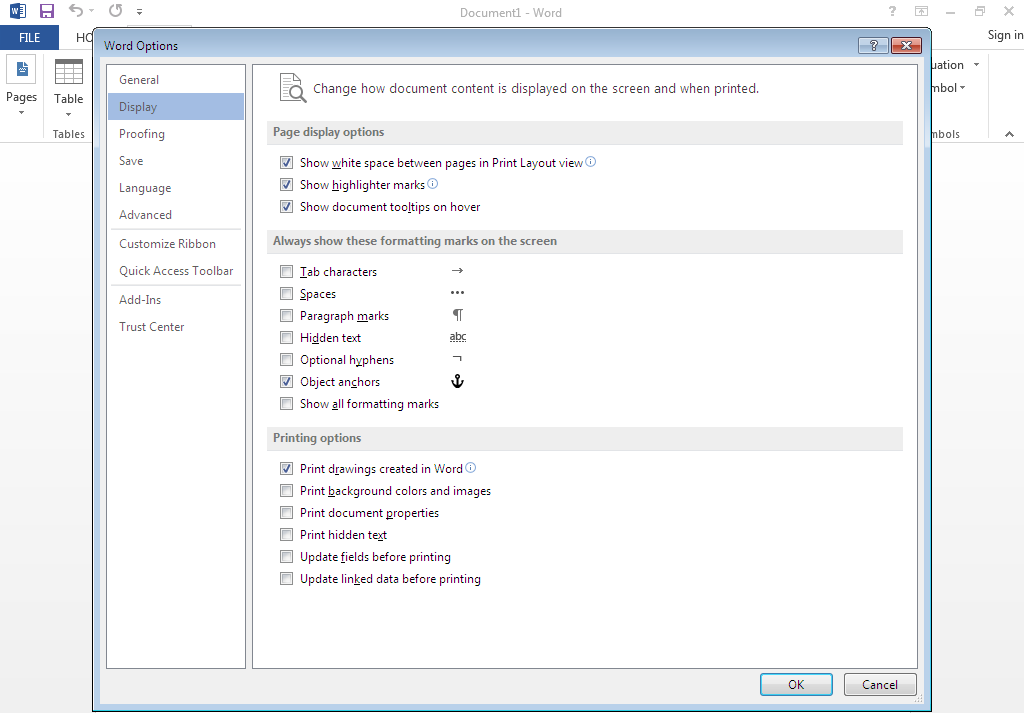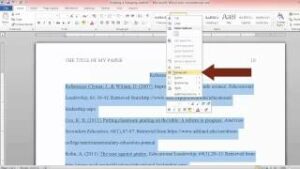Mastering Productivity: A Comprehensive Guide to Top Microsoft Office Tips to Make Your Life Easier

Introduction
Microsoft Office has become an integral part of daily productivity for millions of users around the world. From crafting documents in Word to managing data in Excel and delivering impactful presentations in PowerPoint, the Office suite offers a versatile set of tools. In this comprehensive guide, we will explore top tips and tricks across Microsoft Office applications to enhance your efficiency, streamline workflows, and make your professional life significantly easier.
Microsoft Word Tips
1. Navigation Pane for Document Structure:
- Utilize the Navigation Pane in Word to easily navigate and manage complex documents. It provides a hierarchical view of headings, facilitating efficient document navigation.
2. Quick Parts for Reusable Content:
- Create Quick Parts for frequently used content, such as boilerplate text or standard responses. This feature allows you to insert predefined content with just a few clicks.
3. Styles for Consistent Formatting:
- Embrace the power of styles to maintain consistent formatting throughout your document. Applying styles not only enhances visual appeal but also simplifies document organization.
4. Track Changes for Collaboration:
- When collaborating on documents, enable Track Changes to monitor edits, comments, and revisions made by different contributors. This feature is invaluable for version control and reviewing changes.
5. Smart Lookup for Contextual Information:
- Use Smart Lookup to quickly gather information from the web without leaving the document. This feature provides contextual insights, definitions, and references relevant to selected text.
Microsoft Excel Tips
6. Flash Fill for Data Formatting:
- Leverage Flash Fill in Excel to automatically format and clean data. This intelligent feature detects patterns and applies consistent formatting across columns.
7. PivotTables for Data Analysis:
- Master PivotTables to analyze and summarize large datasets efficiently. PivotTables allow you to transform raw data into meaningful insights through dynamic categorization and aggregation.
8. Conditional Formatting for Visual Insights:
- Apply Conditional Formatting to highlight trends, patterns, or anomalies in your data. This visual enhancement aids in quick data analysis and decision-making.
9. Excel Tables for Dynamic Data Ranges:
- Convert your data range into an Excel Table for dynamic updates. Tables automatically expand to include new data, ensuring that your formulas and charts stay up to date.
10. Power Query for Data Cleaning:
- Use Power Query to clean and transform data before importing it into Excel. This powerful tool simplifies tasks such as removing duplicates, filtering, and merging tables.
Microsoft PowerPoint Tips
11. Slide Master for Consistent Design:
- Customize the Slide Master in PowerPoint to ensure consistent design elements throughout your presentation. This centralized approach streamlines the process of updating fonts, colors, and layouts.
12. Presenter View for Seamless Delivery:
- Take advantage of Presenter View to view your speaker notes, upcoming slides, and current slide while presenting. This feature enhances your control over the presentation flow.
13. Morph Transition for Smooth Animations:
- Explore the Morph transition to create seamless animations between slides. This feature is particularly useful for emphasizing visual continuity in complex presentations.
14. SmartArt for Visual Communication:
- Incorporate SmartArt graphics to visually communicate ideas and concepts. SmartArt offers a range of customizable diagrams and layouts for effective storytelling.
15. Collaborative Editing in PowerPoint Online:
- Collaborate in real-time with others using PowerPoint Online. This feature enables multiple users to edit a presentation simultaneously, fostering efficient teamwork.
Microsoft Outlook Tips
16. Quick Steps for Email Automation:
- Streamline email management with Quick Steps. Create customized one-click actions to automate common email tasks, such as categorizing, forwarding, or moving messages.
17. Focused Inbox for Priority Emails:
- Enable Focused Inbox to prioritize important emails. This feature uses machine learning to categorize emails, ensuring that your primary focus remains on key communications.
18. Calendar Sharing for Coordination:
- Share your calendar with colleagues for better coordination. Granting access allows others to view your schedule, helping with meeting planning and availability checks.
19. Rules for Email Organization:
- Implement rules in Outlook to automate email organization. Create rules for sorting, filtering, and categorizing emails based on sender, subject, or other criteria.
20. Delay Delivery for Strategic Timing:
- Use the Delay Delivery feature to schedule emails for a later time. This is particularly useful for strategic timing or ensuring emails reach recipients during optimal hours.
Microsoft OneNote Tips
21. Tags for Organized Note-Taking:
- Employ tags in OneNote for organized note-taking. Tags help categorize and prioritize information, making it easier to locate specific notes later.
22. Integration with Other Apps:
- Integrate OneNote with other Microsoft and third-party apps for seamless workflow management. This allows you to consolidate information and tasks in one centralized location.
23. Audio and Video Recording:
- Record audio and video directly within OneNote during meetings or lectures. This feature enhances note-taking by providing additional context and capturing key details.
24. Notebook Sharing for Collaboration:
- Share OneNote notebooks for collaborative work. Multiple users can contribute, edit, and access shared notebooks, fostering teamwork and information sharing.
25. Ink to Text for Handwritten Notes:
- Convert handwritten notes to text using the Ink to Text feature. This enhances the accessibility and readability of your handwritten content.
Microsoft Teams Tips
26. Channels for Team Organization:
- Organize discussions and collaboration in Microsoft Teams using channels. Channels allow you to segment conversations based on projects, topics, or teams.
27. Integration with Office Apps:
- Integrate Microsoft Teams with other Office apps for a unified collaboration experience. Seamless integration enhances document sharing, editing, and communication.
28. @Mentions for Direct Notifications:
- Use @mentions in Microsoft Teams to directly notify specific team members. This feature ensures that relevant individuals receive notifications about messages directed to them.
29. Planner Integration for Task Management:
- Integrate Microsoft Planner into Teams for streamlined task management. Planner allows you to create, assign, and track tasks directly within the Teams interface.
30. Live Events for Virtual Presentations:
- Host live events in Microsoft Teams for virtual presentations and webinars. This feature supports large audiences and interactive Q&A sessions.
General Microsoft Office Tips
31. Office Online for Cross-Platform Accessibility:
- Access and edit your Office documents online through Office Online. This cross-platform accessibility ensures that you can work on your files from any device with an internet connection.
32. Version History for Document Recovery:
- Leverage the Version History feature in Office applications to track changes and recover previous versions of your documents. This is particularly useful for collaborative projects.
33. Quick Access Toolbar Customization:
- Customize the Quick Access Toolbar in each Office application to include frequently used commands. This personalization enhances your workflow efficiency.
34. Tell Me Feature for Quick Commands:
- Use the Tell Me feature to quickly find and execute commands. Simply type what you want to do, and Tell Me provides relevant suggestions, saving time on navigation.
35. Immersive Reader for Enhanced Reading:
- Explore the Immersive Reader feature, available in various Office applications, for enhanced reading experiences. This tool provides customizable text settings and reads text aloud for improved comprehension.
Conclusion: A Productivity Masterclass
Incorporating these top Microsoft Office tips into your daily workflow will undoubtedly elevate your productivity, efficiency, and overall user experience. Whether you’re a seasoned professional or a novice user, mastering these features empowers you to make the most of the robust capabilities offered by Microsoft Office.
Remember, continuous exploration and practice are key to unlocking the full potential of these tips. As Microsoft Office evolves with updates and new features, staying informed and adaptable ensures that you remain at the forefront of productivity. So, embark on this productivity masterclass, integrate these tips into your routine, and witness the transformative impact on your professional life. May your documents be well-crafted, your data seamlessly managed, and your presentations truly impactful in the world of Microsoft Office mastery.





